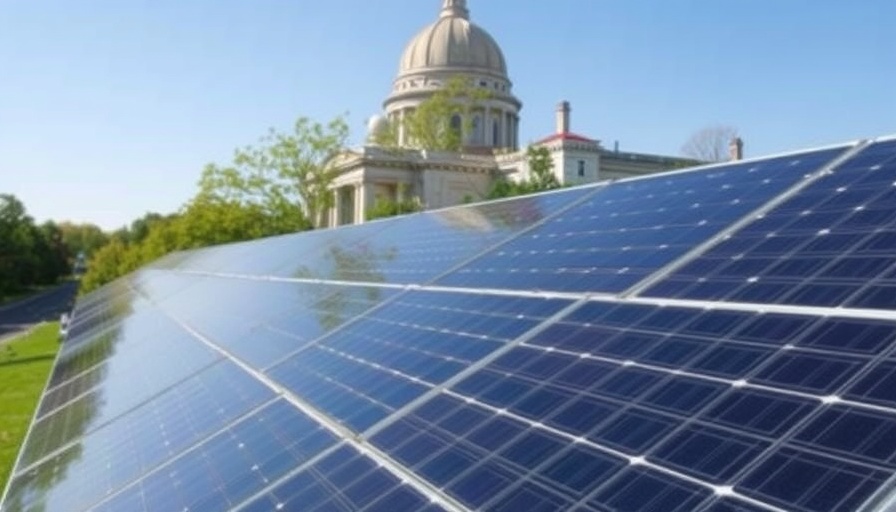
How California’s Forest Fires Are Redefining Insurance
The recent wave of forest fires in California has brought not just devastation but also a shift in how homeowners perceive insurance. As fires rage across the state, residents are grappling with skyrocketing premiums and coverage gaps that threaten their financial stability and peace of mind.
The Impact on Homeowners
California has long been susceptible to wildfires, but the frequency and intensity of these events have increased alarmingly, leading to major changes in the insurance landscape. Homeowners are finding it more challenging to obtain coverage as insurers reevaluate risk factors and policies become stricter. For those trying to protect their investments, the stress of denied claims or insufficient coverage in times of crisis looms large.
Evolving Perspectives: A Crucial Shift in Mindset
The way people view insurance is evolving. No longer is it merely a safety net; it's a rescue plan against the backdrop of impending natural disasters. Homeowners are urged to take more proactive approaches, not just relying on traditional insurance but exploring alternative strategies to mitigate risks. Increasing home sustainability, such as implementing fire-resistant roofing or landscaping, not only lowers the risk but can also potentially reduce insurance costs.
The Financial Burden of Rising Premiums
According to industry reports, insurance companies have raised premiums across California by as much as 30% in the past year alone. This increase is a response to the multiplied risks posed by climate change, making it essential for homeowners to consider ways to manage their risks more effectively. Many are left feeling helpless in the face of rising costs and stringent regulations.
Potential Solutions: The Role of Technology
Emerging technologies are also reshaping how homeowners can protect themselves. Innovations in artificial intelligence and data analysis are enabling companies to create more tailored insurance products. Companies are increasingly using technology to assess risk more accurately—relying on real-time data and even satellite imaging to inform policy decisions. This technology could help homeowners secure more precise coverage and possibly lower costs.
What Homeowners Need to Know
As the landscape evolves, homeowners should be vigilant. Regularly reviewing policies, understanding the fine print, and speaking to trusted agents can make all the difference. Homeowners also have a duty to stay informed about their local fire safety regulations and community resources available for disaster preparedness.
Why Collaboration with Insurers Is Key
Homeowners should foster a collaborative relationship with their insurers. By being proactive—reporting improvements to their homes or discussing new safety measures—they may find more flexible coverage options. This transparency can be crucial in times of crisis when swift actions matter the most.
Looking Ahead: Preparing for Future Challenges
The future remains uncertain, with predictions that wildfires will become even more common in California. Homeowners must stay ahead by adopting sustainable practices and being proactive about insurance. As the climate continues to change, adapting to new challenges must become a community commitment.
In conclusion, the aftermath of California’s wildfires has brought to light the essentiality of insurance in our lives, evolving it from a mere product to a necessary tool for survival. Protecting your home is not just about purchasing a policy anymore; it’s about taking responsible actions and understanding the systems at play.
To better safeguard your home against the ravaging effects of climate change, reach out to insurance professionals who can guide you to the right coverage options and sustainable practices.
 Add Row
Add Row  Add
Add 



 Add Row
Add Row  Add
Add 
Write A Comment